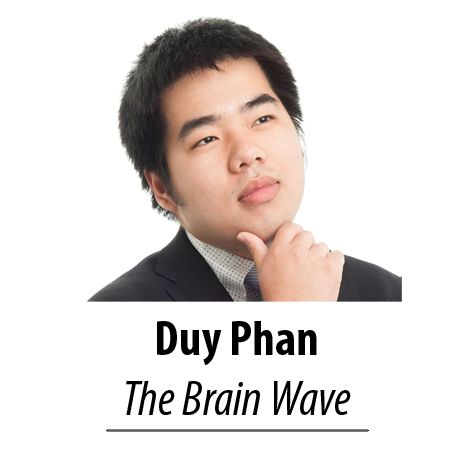
Parkinson’s is caused by the degeneration of dopaminergic neurons in a region called the substantia nigra. Dopaminergic neurons are brain cells that produce the chemical signal dopamine.
In the development of a cure for Parkinson’s, an attractive potential strategy is to exploit the utility of neural stem cells. Due to their ability to differentiate into different types of mature cells, stem cells can be harnessed for therapeutic purposes such as promoting brain repair. In fact, the presence of neural stem cells in the adult brain provides a potentially powerful opportunity to augment the endogenous regenerative response without having to rely on surgical transplantations of stem cells, which is not the optimal strategy for patients who are already fragile.
A strategy to exploit endogenous neural stem cells for Parkinson’s treatment has been explored through investigations into a protein factor known as PDGF-BB (platelet-derived growth factor, isoform BB). It was previously believed that supplying various growth factors might prevent or slow the degeneration of dopaminergic neurons.
Although some of these factors were effective in preclinical studies, results from human clinical trials were disappointing, compelling the exploration of PDGF-BB in the search for other factors that are more effective at promoting neuronal survival.
In order to test whether PDGF-BB is a viable drug target, a mouse model of Parkinson’s was treated with PDGF-BB for two weeks. Besides improving motor function, PDGF-BB also increased the proliferation of neural stem cells. Astonishingly, the behavioral benefit of PDGF-BB disappeared when cellular proliferation was blocked, indicating that PDGF-BB directly improves motor abilities by stimulating neural stem cells.
Although it was never shown that this increase in neural proliferation resulted in an increased number of newborn neurons, it may be possible that the activated stem cells can provide support that allows the surviving dopaminergic neurons to work better, making up for lost neurons.
Research into PDGF-BB for Parkinson’s has now moved into human clinical trials. Recently, researchers showed that this protein factor is safe and well-tolerated by human patients. Preliminary clinical data has also suggested that PDGF-BB is able to improve neuronal function. More trials are now being done to further investigate whether PDGF-BB really works in human Parkinson’s.
Moving forward into the future of a stem-cell-based cure for Parkinson’s, PDGF-BB appears to be the most promising candidate. However, PDGF-BB may not be the optimal therapy, since it seems to prevent only neuronal loss rather than promoting the regeneration of dysfunctional neurons. Clinically, this could mean that although patients will not lose any more ability, they would still not be able to recover functions that were lost before the start of treatment.
As a result, PDGF-BB would have to be delivered at early stages in the disease when there is still a sufficient number of neurons left to compensate for degenerating neurons, in order to exert the most therapeutic benefit. At later stages of the disease progression, when only a few neurons are left, PDGF-BB might prove to be moderately effective at best, if not ineffective entirely.
Ideally, the optimum therapy encompasses not only the prevention of neuronal loss but also the production of new neurons to replace ones that have been lost. However, a major precaution must be taken when considering any option to increase production of neurons: it is not always beneficial to have more neurogenesis.
In some cases it is even believed that excessive neurogenesis is a pathological substrate of diseases such as epilepsy. Therefore, an overstimulation of neural stem cells might lead to production of neurons that migrate to other parts of the brain rather than to the damaged site, which might exacerbate the disease.




